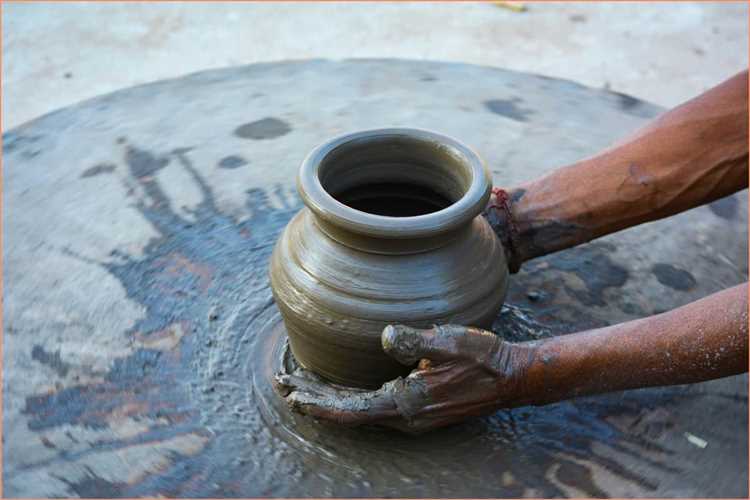Throughout history, humanity has constantly strived to innovate and improve various aspects of daily life. One such invention that revolutionized the world of ceramics is the pottery wheel. This ancient device, capable of transforming a lump of clay into beautiful and functional vessels, has a long and fascinating history that spans across different civilizations and time periods.
The origins of the pottery wheel can be traced back to ancient Mesopotamia, the cradle of civilization. It was here, in the fertile land between the Tigris and Euphrates rivers, that the wheel was first employed for pottery-making around 3,500 BCE. The inhabitants of this region realized that by using a rotating wheel, they could shape clay more effectively, resulting in more consistent and refined pottery.
The invention of the pottery wheel brought about a significant shift in the production of ceramics. Before its advent, potters relied on handheld techniques to shape their creations, such as coiling and pinching. These methods required a great deal of time and effort, and the end products often lacked symmetry and consistency. The introduction of the wheel allowed potters to spin the clay rapidly and consistently, enabling them to create vessels with smooth surfaces and even thickness.
Over time, the use of the pottery wheel spread from Mesopotamia to other civilizations, including the ancient Egyptians, Greeks, and Romans. Each culture adapted and refined the design of the wheel to suit their needs and artistic styles. The wheel became an integral part of pottery-making, and its impact on art, trade, and daily life cannot be overstated.
FAQ:
What is the pottery wheel?
The pottery wheel is a tool used in pottery-making that allows potters to shape clay into various forms such as bowls, vases, and plates. It consists of a rotating platform that spins the clay while the potter shapes it with their hands.
When and where was the pottery wheel invented?
The invention of the pottery wheel dates back to around 3500 BCE in Mesopotamia, which is present-day Iraq. It is considered one of the most significant inventions in the history of pottery-making.
What were the advantages of using the pottery wheel?
The pottery wheel revolutionized pottery-making by increasing the efficiency and speed of production. It allowed potters to create symmetrical and consistent pieces, resulting in higher-quality ceramics. Additionally, it reduced the physical strain on potters and enabled them to create more intricate designs.
How did the invention of the pottery wheel impact different civilizations?
The invention of the pottery wheel had a profound impact on various civilizations throughout history. It facilitated the development of sophisticated pottery techniques and styles, leading to the creation of unique cultural artifacts. It also played a crucial role in trade and commerce, as pottery became a highly sought-after commodity.
Were there any earlier methods of pottery-making before the invention of the wheel?
Yes, before the invention of the pottery wheel, potters utilized hand-building techniques such as coiling, pinching, and molding clay. These methods were time-consuming and often resulted in less consistent and symmetrical pottery.
What are some modern adaptations of the pottery wheel?
While the basic design of the pottery wheel remains unchanged, modern adaptations have been made to enhance its functionality. Some advancements include the use of electric motors for rotation, adjustable speed settings, and various attachments for shaping and trimming clay.
